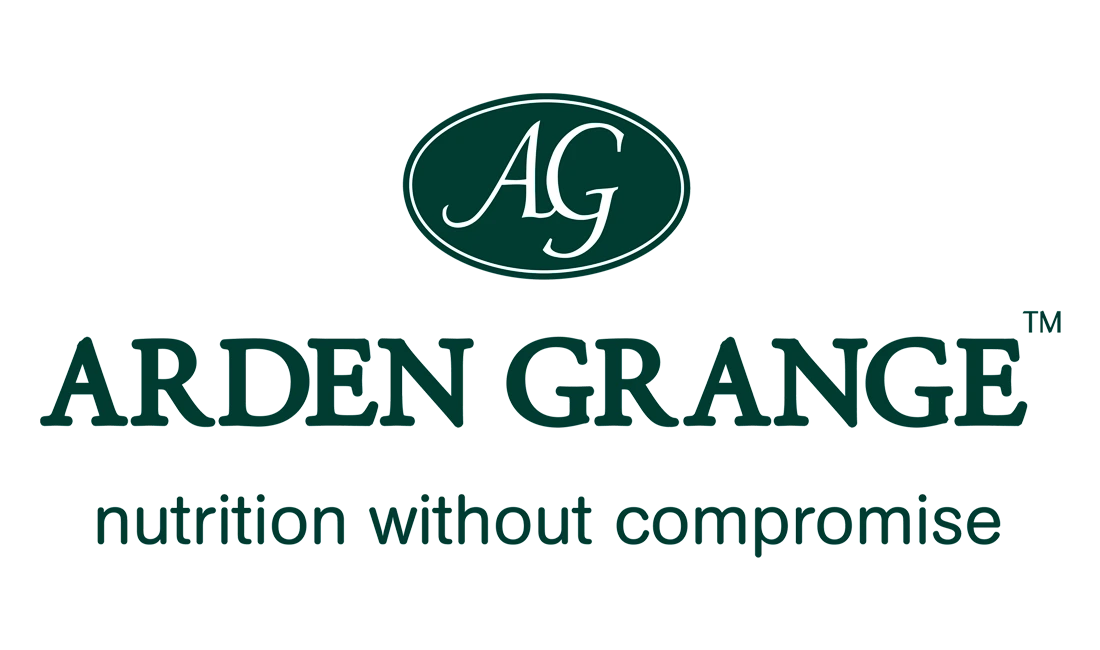Increased thirst
Increased thirst may arise for a variety of reasons. Drinking more can be symptomatic of a medical condition; for example renal dysfunction, liver disease or diabetes insipidus, and for this reason if your pet is drinking more than usual it is very important to seek veterinary advice if matters do not resolve quickly. A urine specific gravity test is a relatively inexpensive and non-invasive means to check that the kidneys are able to concentrate the urine properly.
Occasionally, some cats and dogs can become psychologically obsessed by drinking, and the excess fluid intake can cause water intoxication.
Some other potential causes of increased thirst (polydipsia) may include;
- Warmer weather and increased humidity.
- Increased level of activity / excitement / anxiety.
- Eating salty additions / treats.
- A change from wet food to dry food or increasing the proportion of dry to wet food.
- Changing from a diet which is lower in sodium to one which contains a higher level.
- Certain drugs e.g. diuretics which remove excess fluid from the body.
In cases of increased thirst, it can be helpful for your vet if you are able to measure the fluid intake prior to your appointment. This is easily done in a single pet household by filling the drinking bowl with a measured amount of water and topping it up whenever necessary with a further measured volume. At the end of a 24-hour period you then measure the amount left in the bowl and subtract this from the total. The normal average water intake for mammalian species is 44-66 ml/kg body weight but, if in doubt, seek veterinary advice.
It is important to be vigilant as cats and dogs may also be drinking water from another source such as puddles, toilet bowls, dripping taps etc. Please seek the advice of your vet in cases of increased thirst.


 Puppy
Puppy
 Adult
Adult
 Senior
Senior
 Sensitive
Sensitive
 Treats
Treats Kitten
Kitten
 Adult
Adult
 Senior
Senior
 Trusted British Brand
Trusted British Brand

